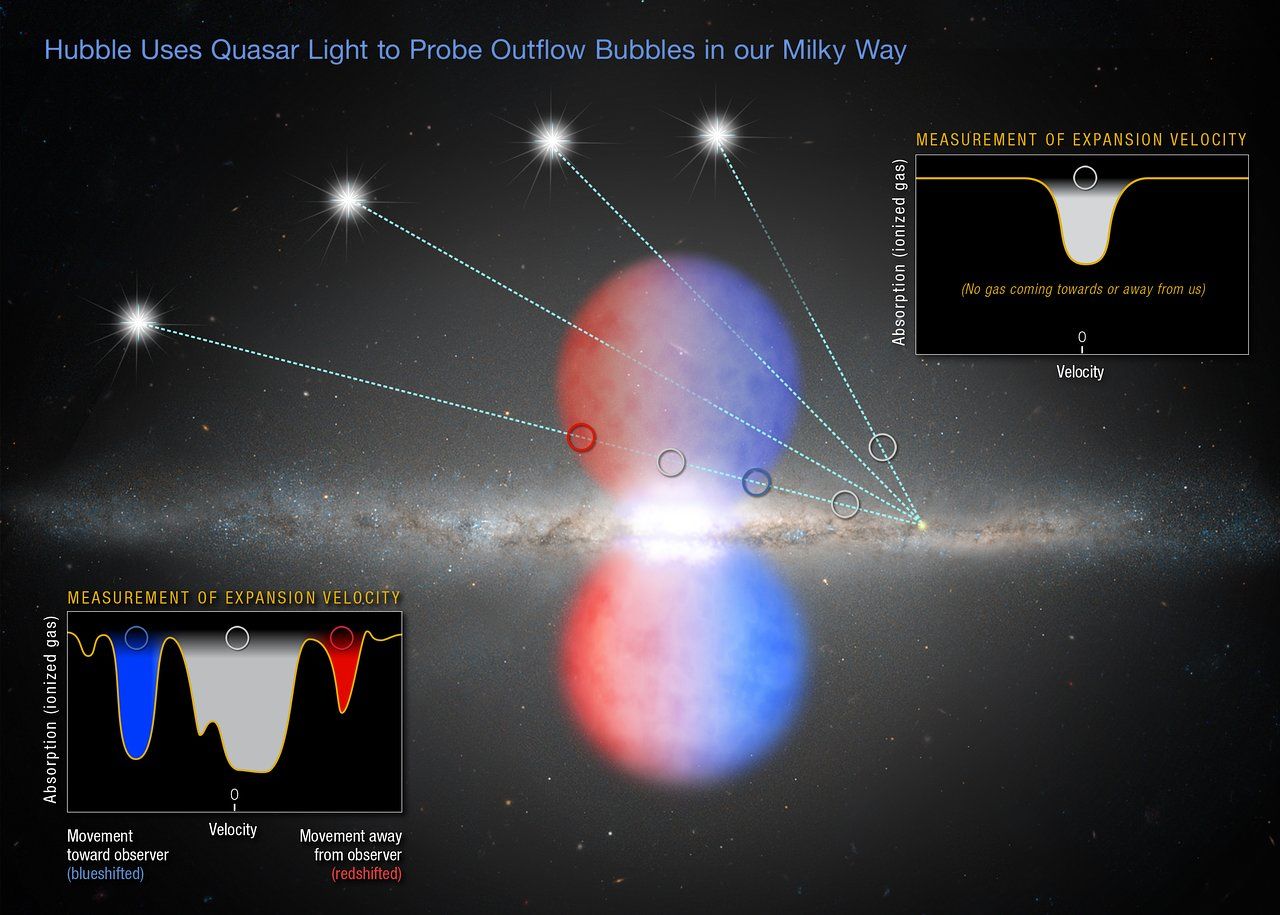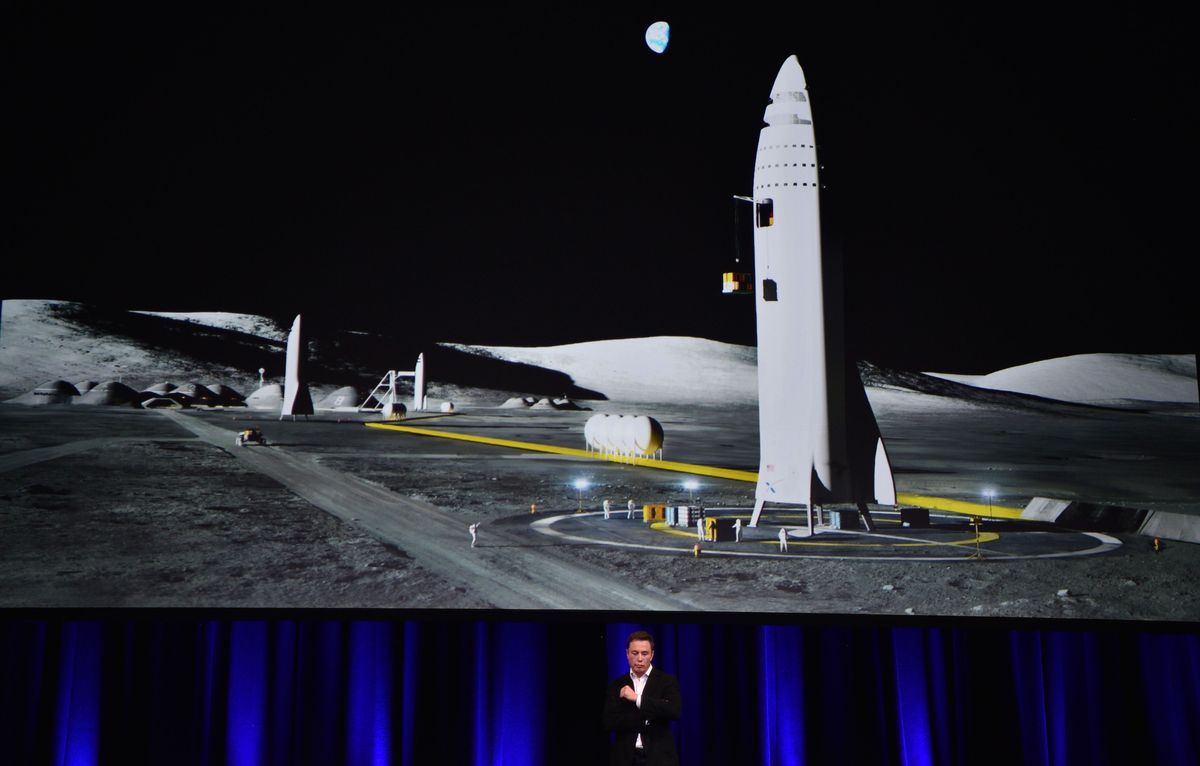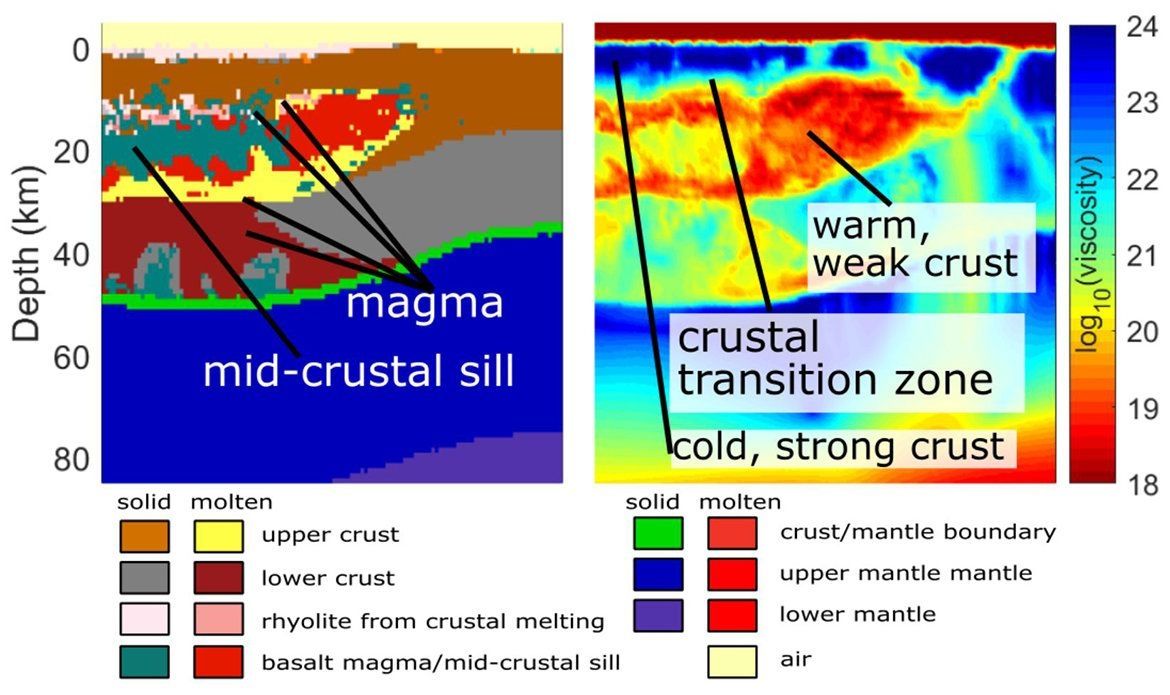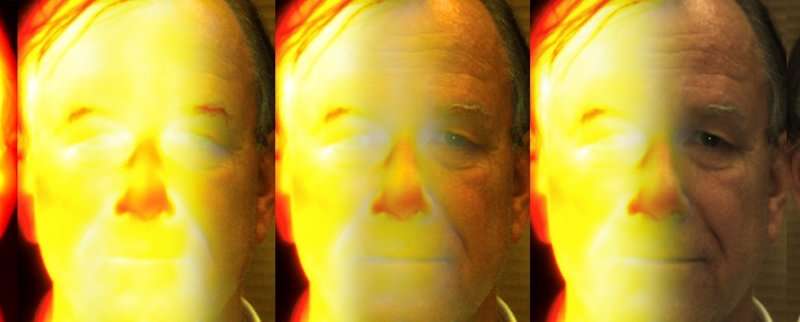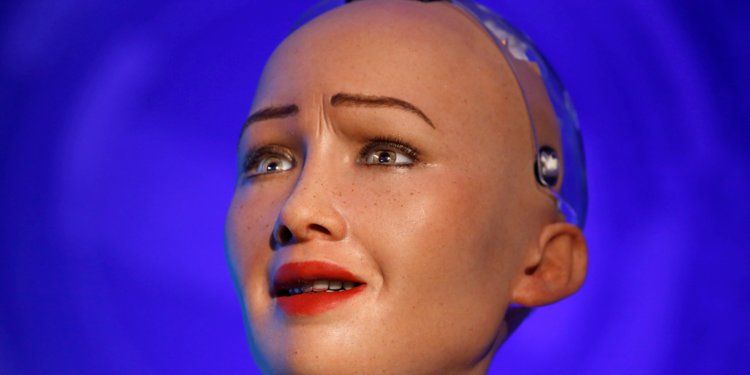Page 9842
Apr 16, 2018
Quasar’s light yields clues to outflow
Posted by Genevieve Klien in categories: cosmology, materials
This artist’s impression shows the light of several distant quasars piercing the northern half of the Fermi Bubbles, an outflow of gas expelled by the supermassive black hole in the centre of the Milky Way. The NASA/ESA Hubble Space Telescope probed the quasars’ light for information on the speed of the gas and whether the gas is moving toward or away from Earth. Based on the material’s speed, the research team estimated that the bubbles formed from an energetic event between 6 million and 9 million years ago.
The inset diagram at bottom left shows the measurement of gas moving toward and away from Earth, indicating the material is traveling at a high velocity.
Hubble also observed light from quasars that passed outside the northern bubble. The box at upper right reveals that the gas in one such quasar’s light path is not moving toward or away from Earth. This gas is in the disc of the Milky Way and does not share the same characteristics as the material probed inside the bubble.
Apr 16, 2018
SpaceX Will Make Massive, Mars-Bound ‘BFR’ Rocket at L.A. Port
Posted by Genevieve Klien in categories: Elon Musk, space travel
Elon Musk’s Space Exploration Technologies Corp. will build its giant in-development rocket, nicknamed “BFR,” at the Port of Los Angeles.
Apr 16, 2018
Bounteous black holes at the Galactic Centre
Posted by Genevieve Klien in category: cosmology
X-ray observations have revealed a dozen stellar-mass black holes at the centre of the Galaxy, implying that there are thousands more to be found. The discovery confirms a fundamental prediction of stellar dynamics.
Apr 16, 2018
Scientists decipher the magma bodies under Yellowstone
Posted by Genevieve Klien in categories: energy, supercomputing
Using supercomputer modeling, University of Oregon scientists have unveiled a new explanation for the geology underlying recent seismic imaging of magma bodies below Yellowstone National Park.
Yellowstone, a supervolcano famous for explosive eruptions, large calderas and extensive lava flows, has for years attracted the attention of scientists trying to understand the location and size of magma chambers below it. The last caldera forming eruption occurred 630,000 years ago; the last large volume of lava surfaced 70,000 years ago.
Crust below the park is heated and softened by continuous infusions of magma that rise from an anomaly called a mantle plume, similar to the source of the magma at Hawaii’s Kilauea volcano. Huge amounts of water that fuel the dramatic geysers and hot springs at Yellowstone cool the crust and prevent it from becoming too hot.
Continue reading “Scientists decipher the magma bodies under Yellowstone” »
Apr 16, 2018
Team develops face recognition technology that works in the dark
Posted by Genevieve Klien in categories: military, privacy, robotics/AI, surveillance
Army researchers have developed an artificial intelligence and machine learning technique that produces a visible face image from a thermal image of a person’s face captured in low-light or nighttime conditions. This development could lead to enhanced real-time biometrics and post-mission forensic analysis for covert nighttime operations.
Thermal cameras like FLIR, or Forward Looking Infrared, sensors are actively deployed on aerial and ground vehicles, in watch towers and at check points for surveillance purposes. More recently, thermal cameras are becoming available for use as body-worn cameras. The ability to perform automatic face recognition at nighttime using such thermal cameras is beneficial for informing a Soldier that an individual is someone of interest, like someone who may be on a watch list.
The motivations for this technology—developed by Drs. Benjamin S. Riggan, Nathaniel J. Short and Shuowen “Sean” Hu, from the U.S. Army Research Laboratory—are to enhance both automatic and human-matching capabilities.
Apr 16, 2018
Scientists have found a way to mimic human learning using brain chemicals — and it could impact future AI
Posted by Genevieve Klien in categories: futurism, robotics/AI
Serotonin influences the way humans make decisions. If scientists replicate this in an artificial intelligence system, depression could be a side-effect.
Apr 16, 2018
STE: Steve Hoffman on the Singularity
Posted by Shailesh Prasad in category: singularity
Apr 16, 2018
Ultra-Accurate Clocks Lead Search for New Laws of Physics
Posted by Genevieve Klien in categories: cosmology, physics
Atomic clocks are letting physicists tighten the lasso around elusive phenomena such as dark matter.
Apr 16, 2018
Robot cognition requires machines that both think and feel
Posted by Marcos Than Esponda in categories: robotics/AI, space travel
Most proposals for emotion in robots involve the addition of a separate ‘emotion module’ – some sort of bolted-on affective architecture that can influence othe…r abilities such as perception and cognition. The idea would be to give the agent access to an enriched set of properties, such as the urgency of an action or the meaning of facial expressions. These properties could help to determine issues such as which visual objects should be processed first, what memories should be recollected, and which decisions will lead to better outcomes.
For more than two millennia, Western thinkers have separated emotion from cognition – emotion being the poorer sibling of the two. Cognition helps to explain the nature of space-time and sends humans to the Moon. Emotion might save the lioness in the savannah, but it also makes humans act irrationally with disconcerting frequency.
In the quest to create intelligent robots, designers tend to focus on purely rational, cognitive capacities. It’s tempting to disregard emotion entirely, or include only as much as necessary. But without emotion to help determine the personal significance of objects and actions, I doubt that true intelligence can exist – not the kind that beats human opponents at chess or the game of Go, but the sort of smarts that we humans recognise as such. Although we can refer to certain behaviours as either ‘emotional’ or ‘cognitive’, this is really a linguistic short-cut. The two can’t be teased apart.
Continue reading “Robot cognition requires machines that both think and feel” »
